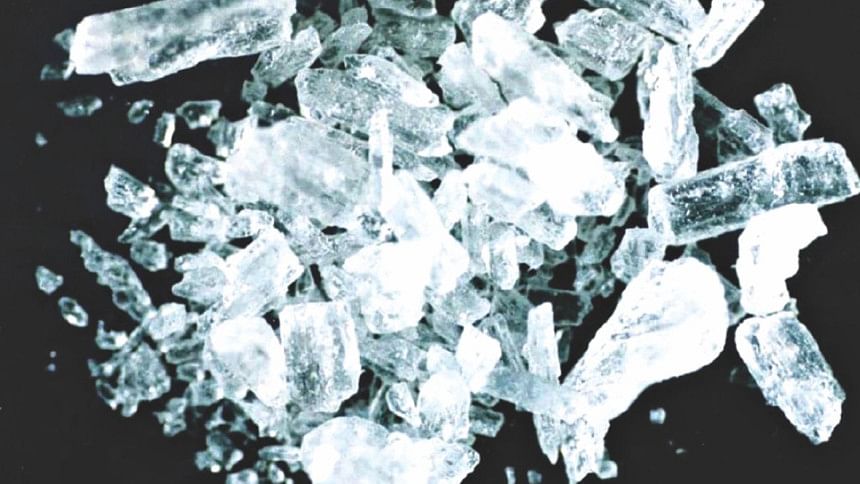Meth epidemic in its birth place

Like Germany, the US and the UK, Japan had supplied pills made of methamphetamine to its soldiers and even factory workers to enable them to work longer hours without eating during the World War II.
Philopon, produced by Dainippon Pharmaceutical Co (now Sumitomo Dainippon Pharma), was used as a pick-me-up during the war for military personnel who needed to stay alert. The name is said to have originated from the Greek word philoponus, which means “he who loves labour,” according to a Japan Times report in 2014.
Japan had produced a ton of Philopon pills during the war and it had huge surplus of it after the war. As Japan surrender to the allied forces in 1945, the large military stockpiles of methamphetamine found their way onto the black market, leading to widespread abuse. With society in chaos, drug abuse spread rapidly and emerged as epidemic in Japan.
Plain old methamphetamine was synthesised from ephedrine by Japanese chemist Nagai Nagayoshi in 1893. This was neat, not crystal meth. More than two decades later, in 1919 Akira Ogata, Japanese pharmacologist, performed reduction on ephedrine and created crystal meth.
Both of these chemicals were originally used in nasal decongestants and bronchial inhalers. Methamphetamine has also been used in the treatment of obesity.
But the World War II changed the use of Methamphetamine as it was used in order to help soldiers stay awake and alert to win the war. And this appeared worse as the stockpiles of methamphetamine was made to public after the war.
At its peak in 1954, police reports estimated there were 550,000 addicts in the country, with around 2 million people having tried the drug at some point in their life.
Japan government introduced a comprehensive anti-drug package in the mid-1950s, including stricter laws and huge campaign against substance use. It imposed a ban on raw materials used to produce meth. It resulted in that abuse having been almost totally eradicated by 1957.
But, around 1970 a new wave of abuse, the second epidemic, began. It peaked around 1985, after which abuse tampered off, albeit slowly. A temporary increase in the mid-1990s made Japanese authorities declare the emergence of 'the third epidemic' that is still said to be ongoing.
"Official statistics show, however, that Japan has not seen any such epidemic. In comparison with most other Western countries, methamphetamine abuse in Japan is modest," commented Bert Edstrom, a senior research fellow of Stockholm University, in an article two years ago.

 For all latest news, follow The Daily Star's Google News channel.
For all latest news, follow The Daily Star's Google News channel. 



Comments